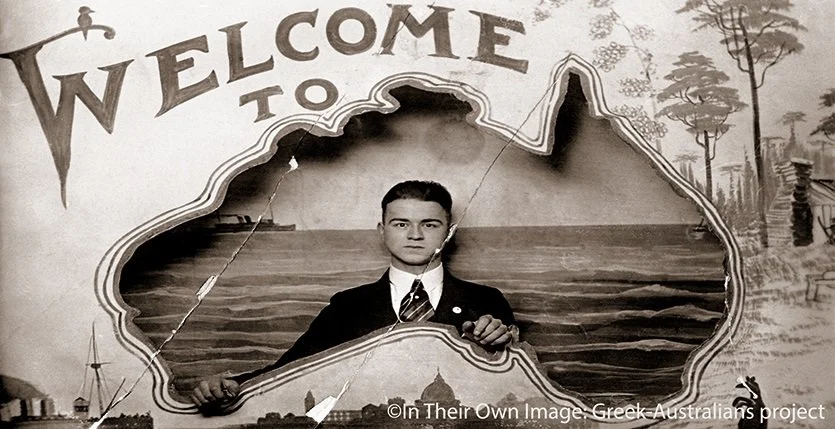Greek City Times is proud to present a weekly historical snapshot
from the archives of the ‘In Their Own Image: Greek Australians’ national project
by photographer Effy Alexakis and historian Leonard Janiszewski.
THE GREEK ORTHODOX EASTER TRADITION TRANSFERRED
Easter is considered, with Christmas, to be a focal point of the Greek Orthodox religious calendar. With the collective migration and settlement of Greeks in Australia, even in remote areas, the tradition was maintained. As Greek Orthodox communities formed, churches were built and priest numbers grew, firmly, and openly, reinforcing the unique spiritual and ceremonial aspects of an Orthodox ecclesiastical tradition.
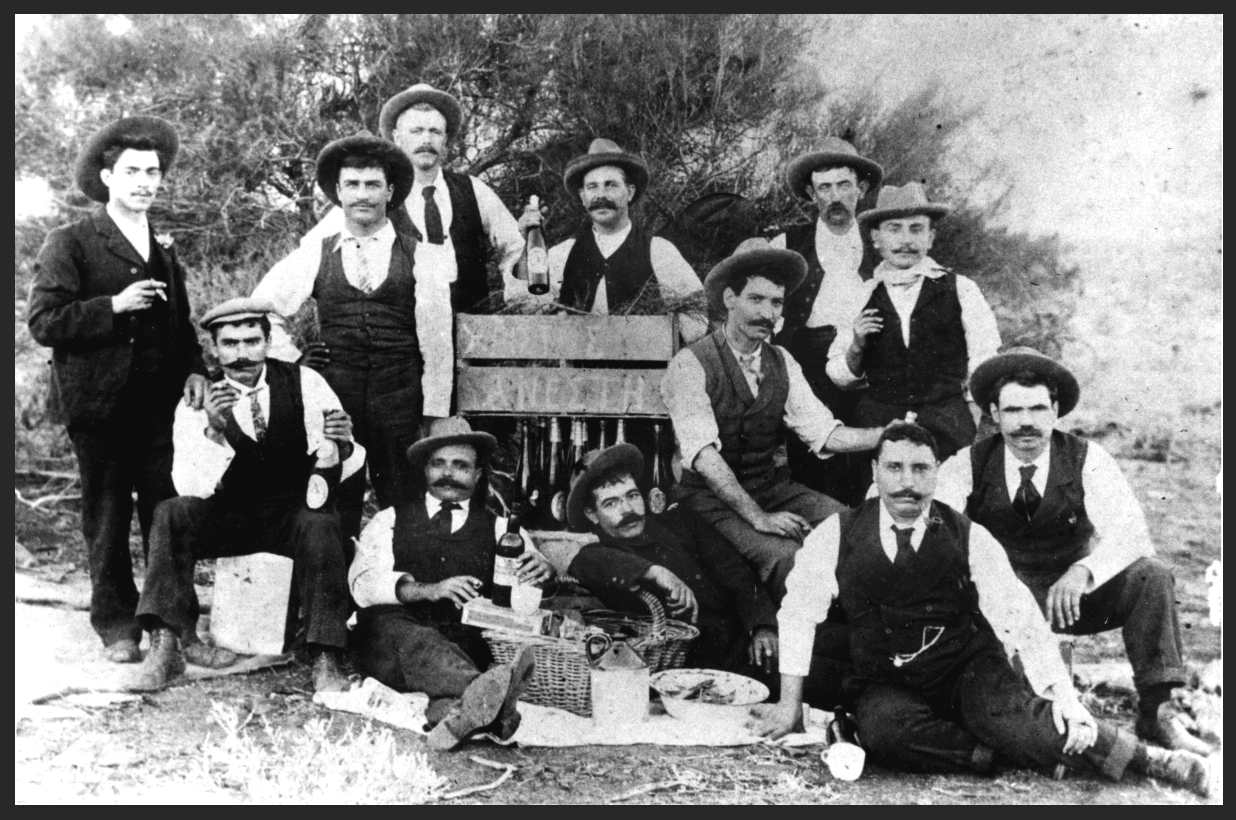
The reason for the festive gathering in this photograph is confidently declared by the Greek writing that appears on the wooden box at the centre of the gathering. It reads ‘Hristos Anesti’ – ‘Christ has risen’ – a term used by Greeks during Easter in praise of Christ’s Resurrection. For the Greek Orthodox Church, the Resurrection is given primacy at Easter over the Crucifixion (the Resurrection’s conquering of death being considered the paramount event that offered hope for Humanity’s spiritual salvation).
Cue and Day Dawn were within 8 km of each other on Western Australia’s Murchison goldfields, located over 600 km north-east of Perth. Despite the geographical and cultural isolation that these men must have experienced, they continued to practice one of the central foundations of their spiritual, and associated, cultural identity. Most of the men in the photograph (primarily of Kastellorizian background) were café proprietors and food purveyors servicing the needs of the local mining community.
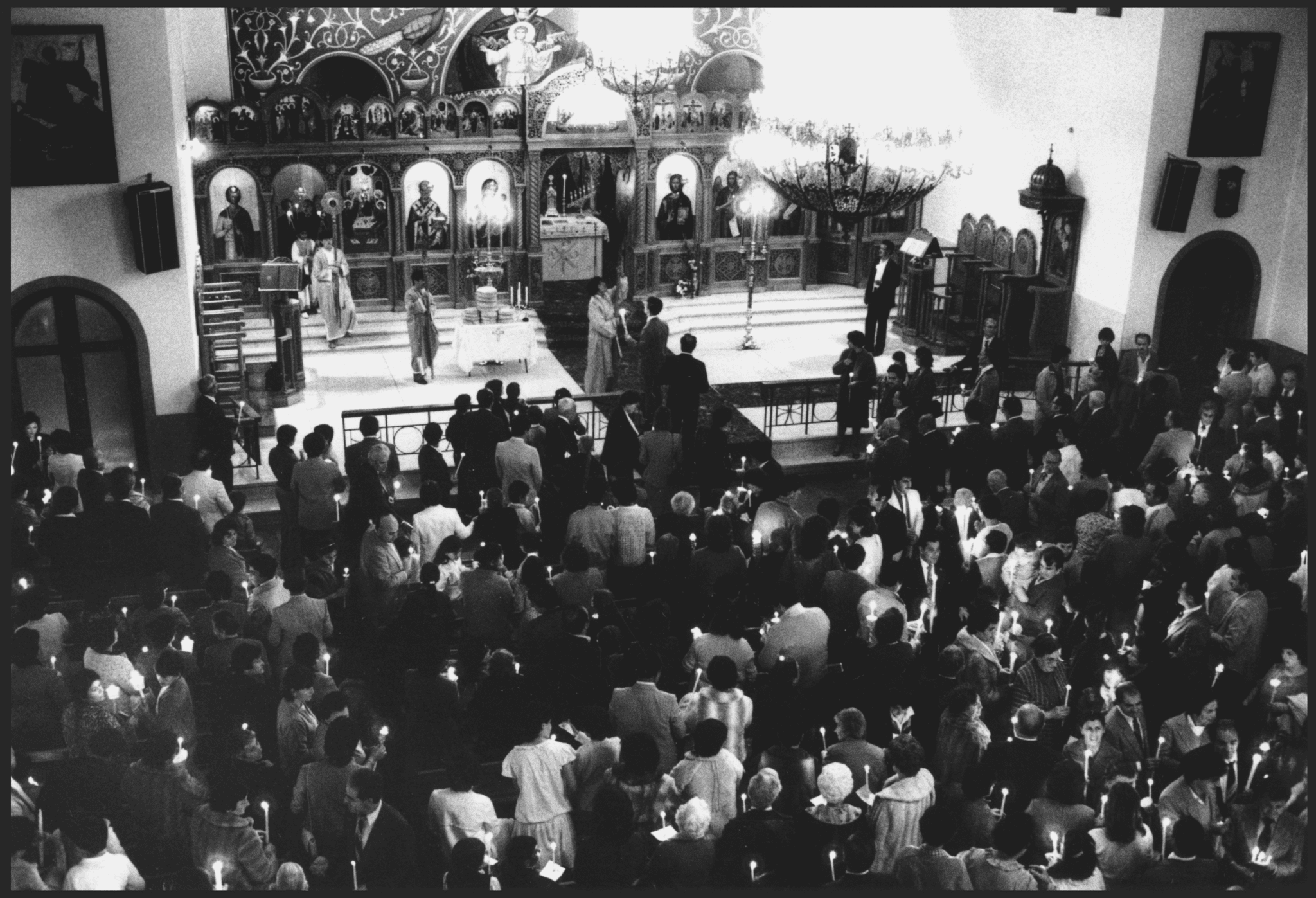
The Greek Orthodox midnight service is well attended in Australia, as in Greece, and is considered the beginning of a season of joyous thanksgiving that extends well into the rest of the year.
At midnight the Greek Orthodox priest will light a candle whose flame will be passed from candle to candle among the congregation illuminating the church. This symbolic gesture alludes to Christ’s resurrection, his conquering of death, and the hope for Humanity’s salvation, which that event offered. Because of the Orthodox liturgical calendar is based upon the Julian calendar, Greek Easter is at times celebrated on different dates to that of western Christian Churches who utilise the Gregorian calendar.
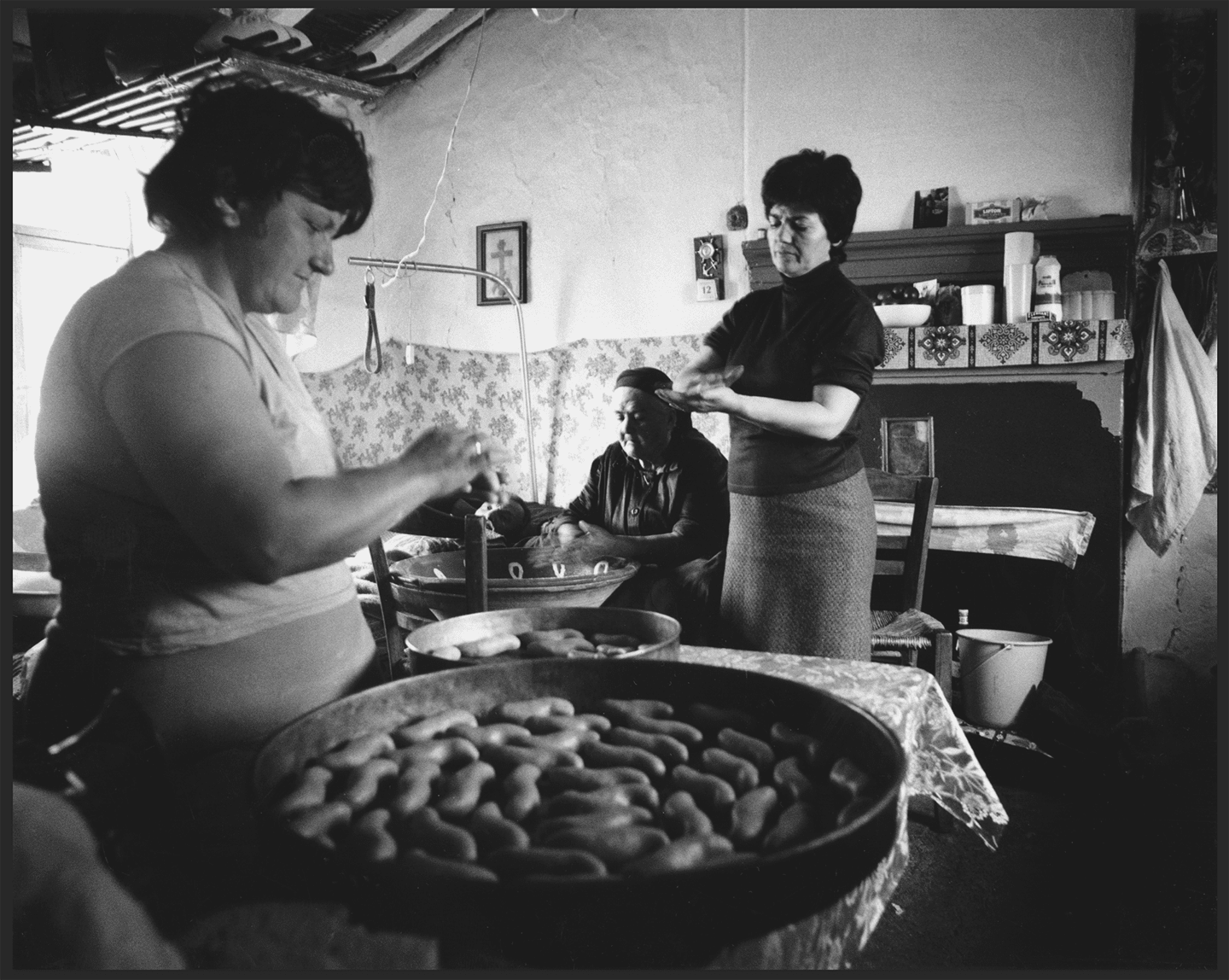
Traditionally, the biscuits were made on Holy Saturday and served the next morning on Easter Sunday following the Lenten fasting. The tradition has generally been maintained in Australia, though the biscuits are also now baked on other celebratory occasions.
Photos: Effy Alexakis
Historical Research: Leonard Janiszewski
© In Their Own Image: Greek-Australians National Project Archives

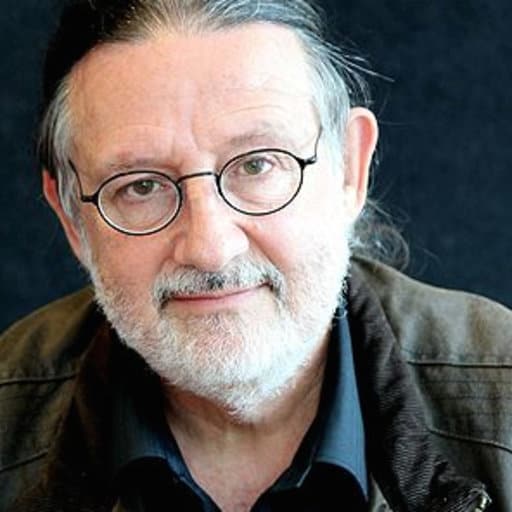
Since the early 1980s, Effy Alexakis, a photographer, along with historian researcher Leonard Janiszewski, have been travelling around Australia photographing and collecting stories. They have also photographed Greek-Australians in Greece and documented some amazing histories. The images and text provide personal, diverse and powerfully moving insights, about opportunities, hopes and challenges. Collectively, these stories provide personal perspectives of a diasporic Hellenic identity. Their archive encompasses photography, both historical and contemporary, taped interviews and literary materials.
They have published 3 books and numerous articles, and their projects are ongoing. The photographs have been widely exhibited throughout Australia and in Greece.
VISIT THEIR LATEST PROJECT: Greek Cafés & Milk Bars of Australia | Facebook

